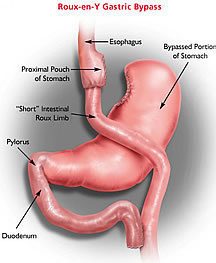Stomach Volume
Stomach is a muscular and hollow part of the digestive system that is  found between the small intestine and the esophagus. This organ is important to mastication or digestion’s second phase. The essential parts of the stomach include the sphincters and smooth muscle valves. Surrounding this body part are orthosymphatetic and symphatetic plexuses, which are important to the motor and secretion activity of the muscles in the stomach. The sections of this body part are divided into four, namely the cardia, fundus, the corpus body and the antrum. To know more about this topic, let us begin with identifying the stomach volume.
found between the small intestine and the esophagus. This organ is important to mastication or digestion’s second phase. The essential parts of the stomach include the sphincters and smooth muscle valves. Surrounding this body part are orthosymphatetic and symphatetic plexuses, which are important to the motor and secretion activity of the muscles in the stomach. The sections of this body part are divided into four, namely the cardia, fundus, the corpus body and the antrum. To know more about this topic, let us begin with identifying the stomach volume.
The Volume of the Stomach
What is the mean size of the stomach of an adult? The average length of an adult’s stomach is 25 centimeters or 10 inches. This organ can hold up to 4.2 quarts or 4 liters of food. On the other hand, this body part has normally holds 1.5 liters of fluid. There are different factors that affect stomach volume. These include the body size, hormones and eating patterns. In addition to this, the size of the stomach is also affected by the activities of nerves, which control the relaxation and contraction of muscles found in this organ.
Additional Facts and Other Interesting Details
The wall of the stomach is consisted of different layers, namely the mucosa, submucosa, the muscularis externa and the serosa. The mucosa is the inner layer. It is consisted of the muscularis mucosae, the lamina propria and an epithelium. The second layer is the submucosa, which is consisted of the Meissner’s plexus and fibrous connective tissue. The muscularis externa is the third layer and it is made up of several layers, which are the inner oblique layer, the middle circular layer and the outer longitudinal layer. Finally, the last year is the serosa and it is consisted of the peritoneum.
There are various kinds of cells that are present in the glands of this organ, namely the mucous cells, parietal cells, chief cells and the enteroendocrine cells. The volume of the organ can be affected by the etiology of various diseases like the portal hypertensive gastrophy, Menetrier’s disease and dyspepsia. Aside from these, other diseases that can affect the functioning of the stomach are abdominal pain, achlorhydria, borborygmus and stomach cancer. Abnormality in the volume of the stomach is also affected by eating habits. A person can have an increased volume of the stomach if the individual has frequent desires to eat.





